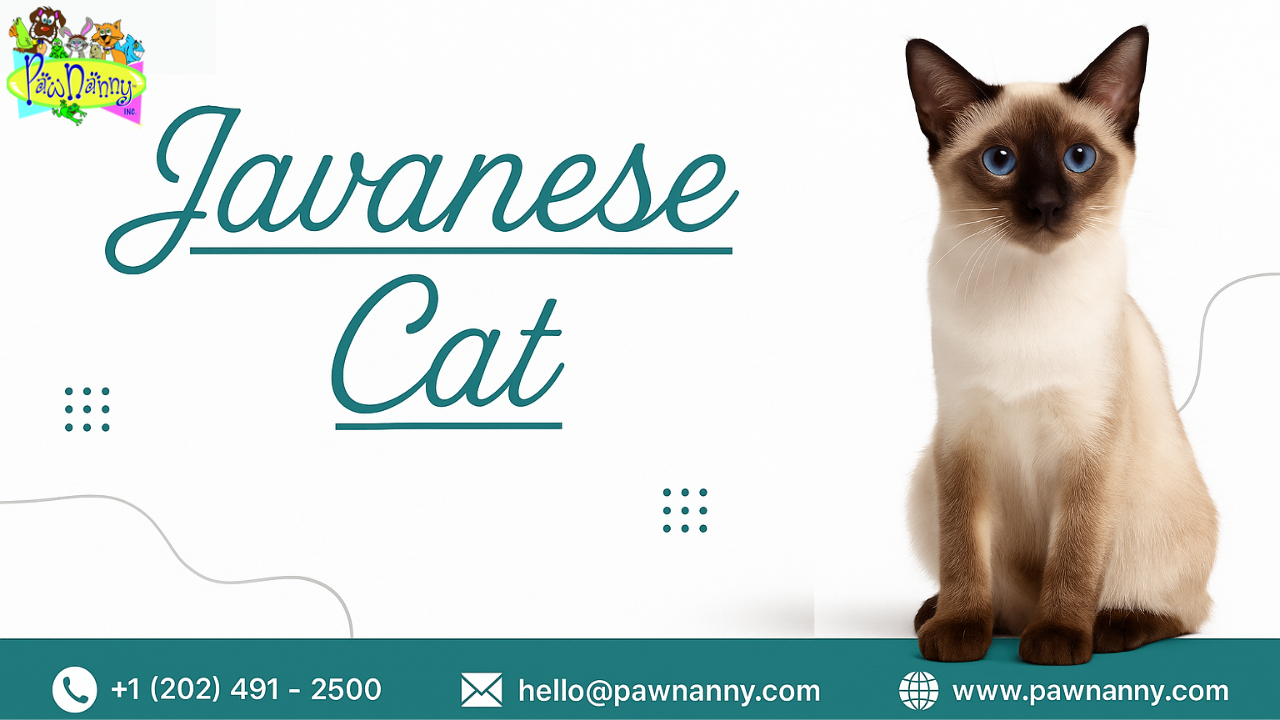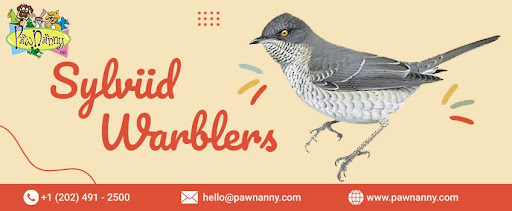
Javanese Cat
Size: 8 - 10 inches
Weight: 6 - 10 pounds
Hypoallergenic: No
Lifespan: 12 - 16 years
Behavior
Javanese cats enjoy being pets and playing, making them excellent companions for people of all ages, whether they are alone or part of a family. Whereas independent breeds are quite self-sufficient, Javanese cats are fond of their families and tend to stick close by them, as seen in our pets' overnight stays services in Fairfax.
This breed has a special feature, and that is it never gets tired or bored with playing. A Javanese loves to play with puzzles, feather wands, and even fetch toys. Because they are intelligent pets, they can be taught to come when called, perform tricks, and follow their owners. However, after forming close relationships with us and understanding many commands as dogs, they become this way in the minds of many people. Such Javanese cats are very talkative. Talking to their parents in a soft tone. Yet, they like to be involved in playful moments rather than demanding constant attention.
They tend to be friendly with children, other cats, and dogs quite effortlessly. They get along well in any environment, which makes them popular among families seeking more than one pet. Since they are loving and energetic, they crave being kept occupied and surrounded by their people. However, if they spend a lot of time by themselves, they might feel anxious, and playing with them or having toys available is necessary to avoid this.
History
The Javanese cat is a relatively recent breed with a distinctive family heritage. Java got its name, though, not from Java, Indonesia. In North America, however, the creation of the breed was a relatively recent phenomenon, occurring primarily in the 20th century. Breeders were trying to create the features of a Siamese, Balinese, and Colorpoint Shorthair cat. The Javanese cat only just received recognition in the 1970s, and the loving yet beautiful coat is well-liked.
Javanese is a breed that was created by selectively breeding certain characteristics to produce Balinese (long-haired Siamese) in a rainbow of colors. They ended up with a cat whose coat fell somewhere between long and short, who was sleek and graceful, and who had vivid, expressive eyes. It was decided to name the breed Javanese after the company’s first two Siamese and Balinese breeds, which emphasized Southeast Asia, although the cat originates from unrelated origins. They are clever, beautiful, and lively, so many cat lovers have become their fans. The Javanese is well-known and recognized by both the International Cat Association (TICA) and the Cat Fanciers’ Association (CFA) as a distinct breed. This cat is kept as a pet worldwide.
Looks & Health
The Javanese cat is very slender, muscular, fit, and sleek - all at the same time. Their bodies are slender and graceful, with fine, delicate bones. They, however, have a striking appearance created by their wedge-shaped heads, large ears, which require regular ear cleaning services for pets, and almond-shaped eyes. With the bright blue in their eyes, they seem all the more pretty. Major characteristics of Javanese are that their hair grows semi-long, shiny, and silky with no undercoat. This is why they require less grooming than other long-haired dog breeds. Seal, chocolate, cream, and other pointed colors are some of the colors in which the Javanese cat comes.
Javanese cats look refined, but they often remain healthy and vigorous. Still, they are likely to suffer from certain genetic conditions such as -
Breathing difficulties - Being long-headed, some Javanese cats are more likely to have breathing problems.
Progressive Retinal Atrophy - PRA results in eye problems that, if not controlled, may result in blindness.
Heart disease - It is common for cats to develop hypertrophic cardiomyopathy, a typical heart condition affecting cats.
Digestive issues - Gastrointestinal issues in Javanese cats may indicate a need for a special diet compared to other breeds.
Having your cat regularly examined by a veterinarian, feeding it properly, and providing it with plenty of exercise can all help maintain its health. Following the proper care, Javanese usually live to be 12 to 16 years old and sometimes live longer.
Food & Nutrition
The Javanese cat is an active breed, and therefore, its diet requires proper maintenance. As obligate carnivores, they must mainly eat animal protein, so chicken, turkey, or fish may be used. However, below is some general information on what to feed them to ensure they receive adequate nutrition. Consult with your vet for confirmation.
High-protein food: Consuming dietary protein helps increase muscle strength and promote body development.
Omegas: Shiny fur and good health in pets are supported by healthy fats called Omega-3 and Omega-6 fatty acids.
Taurine: It keeps their heart and eyes healthy.
Less Grain: Unlike humans, cats need to eat foods with less grain.
Balanced Diet: Cats require a combination of wet food for moisture and dry food to help maintain their dental health.
The cat can always be kept in fresh and clean water to avoid dehydration. Javanese cats can experience digestive issues, so it's best to introduce their food gradually, starting with a diet they tolerate well, and closely monitor their progress to ensure they continue to do well on it. You would never want to offer pets onions, garlic, chocolate, or dairy products, as these are toxic to pets.
You should pay attention to portions because cats metabolize food quickly, but they may still gain weight if fed too much. Providing small amounts of food several times a day is crucial for their health and weight maintenance. However, as per our pets' overnight stays services in Fairfax, please consult a vet for your Java’s diet.
Grooming & Care
As if they don’t have undercoats, like other breeds, Javanese cats don’t require a lot of grooming. Their fur is smooth and will not tangle, making it easier to clean. Since shedding occurs less frequently, brushing cats once or twice a week with a soft brush helps prevent the fur from spreading everywhere.
Other important grooming steps are -
- Their large ears should be cleaned regularly, and you can avail ear cleaning services for pets to do this.
- Ensure you clean their teeth every week to stop tartar from forming and gum disease.
- Cut your pet’s nails once in a while to stop them from getting too long and hurting themselves. You can get help from nail trim services for pets for this.
- Regularly clean the litter box to prevent it from becoming a place your pet dislikes.
- Providing them with scratching items, such as posts and cat trees, is essential for their nails and satisfies their natural urge to claw.
Conclusion
Javanese cats are loved for being friendly, very smart, and playful. Since both Siamese and Balinese cats are in their history, the Javanese breed is known for being very loving and cheerful around humans. Having a puppy means you get plenty of conversation, lots of fun, and a pet that will stick with you.
They require a lot of interaction, but their care needs are not too demanding (provided they are not heavy shedders). Healthy meals, regular medical exams, and proper care will generally enable healthy lives in Javanese cats. For a social, loving, and intelligent cat, a Javanese can be your choice. The reasons why this pet is special are that it looks unique, can be a good friend, and can make your home a better place. For more information or to avail of services like nail trim services for pets, visit Pawnanny.com!










